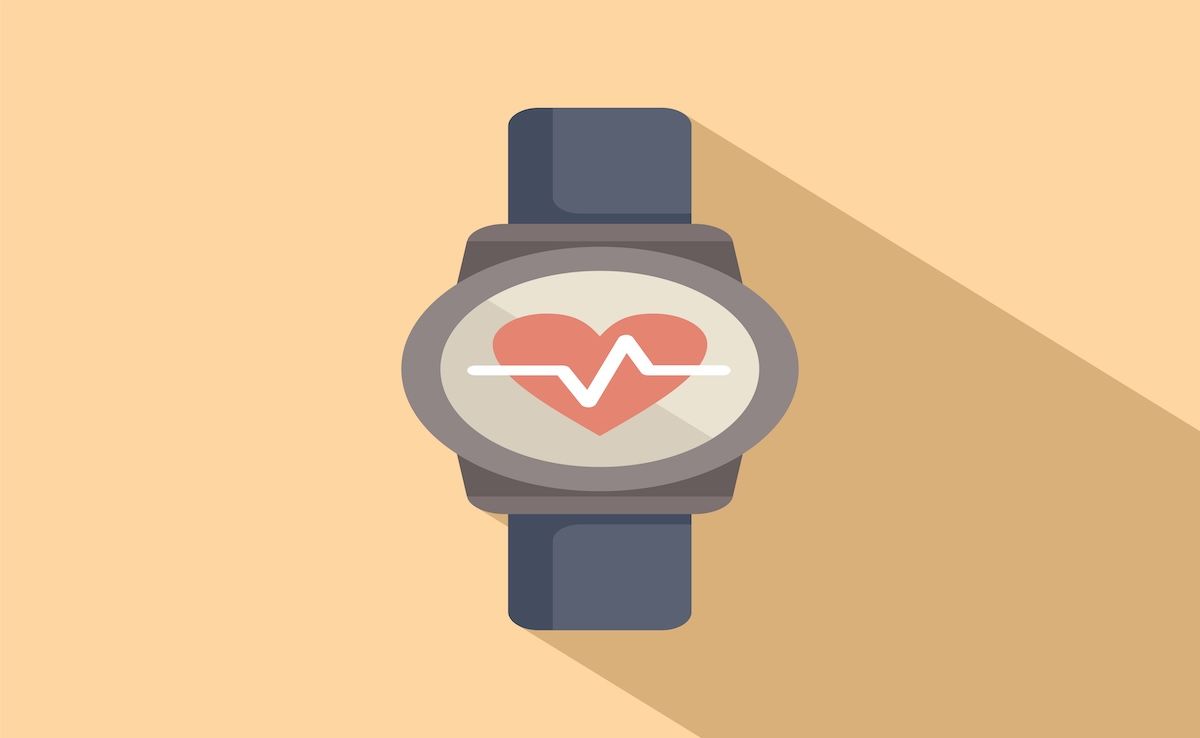Article
Parent-Set Technology Limits May Protect Adolescent Sleep, According to Study
Author(s):
A recent study found that limits on technology set by parents may play an important part in adolescent sleep.
A study published in Sleep Medicine: X found that adolescents with technology limits had earlier bedtimes and better sleep on school nights. The aim of the study was investigate whether compliance, non-compliance, or absent technology rules could moderate the relationship between traits of fear of missing out (FoMO) and bedtime procrastination (BtP) and sleep and daytime sleepiness.
The study was conducted in Australia, where participants were recruited in secondary schools around metropolitan Adelaide, Australia. The researchers collected 711 responses. The respondents were 52.7% male with a mean (SD) age of 15.1 (1.2) years.
Participants filled out an online survey on adolescent sleep and technology use for this study. Participants were asked if they had rules in their house to regulate phone placement overnight, time when technology is put away, and whether they had a rule on when Wi-Fi was turned off for the night. All participants who replied in the affirmative were also asked how often they complied with these rules. The participants were then divided into 3 groups: those with parent-set rules and comply, those with parent-set rules who didn’t comply, and those without parent-set technology rules.
Participants were also asked to provide time that they went to bed each night and what time they turned out the lights. Participants also completed the Pediatric Daytime Sleepiness Scale (PDSS), indicated the number of caffeinated beverages they had each day, how often they napped, a self-reporting measure of difficulty disengaging from social media at night to measure FoMO, and the Bedtime Procrastination Scale.
There were 49% of participants who had at least 1 of the 3 parent-set technology rules in their household: 33.1% had their phone taken out of their bedroom overnight, 33.1% had a rule where all electronic devices were put away overnight, and 9.3% had a rule where the Wi-Fi was turned off. The probability of having a parent-set technology rule decreased with age.
Researchers found that 51.8% of the participants with a technology rule indicated they always complied and 48.2% indicated that they do not always comply to the rules; those who had no rules were older in age compared with participants who had rules and complied and those with no rules and did not comply.
Those who had no technology rules went to bed 22.1 minutes later than those who had a rule and complied to it and 11.3 min later than those who had a rule and did not always comply. Participants who had a technology rule turned their lights out 34.5 minutes earlier than those with no rules and 32.2 minutes earlier than those with rules but did not always comply.
Participants with a rule who complied also had 22 more minutes of total sleep time (TST) on school nights compared with those without rules and 25.1 more minutes compared with those who did not comply to their rules. There was no significant association between technology rules and daytime sleepiness.
The researchers found that FoMO was associated with later bedtimes, lights out times, less TST, and more daytime sleepiness. BtP was found to have an association with later bedtimes, later lights out times, less TST, and higher daytime sleepiness. Higher BtP scores were associated with higher daytime sleepiness for all 3 groups but was highest in those with no technology rules.
There were some limitations to this study. The researchers did not ask about parental monitoring of rules and compliance, which means it is unknown if the children who complied were monitored by their parents or if there were other reasons. It is also unknown how often children did not comply with their rules.
The researchers concluded that the presence of at least 1 parent-set technology rule was associated with adolescents going to bed earlier on school nights compared with peers without rules. Compliance to parent-set technology rules was also associated with earlier lights out imes and more TST on school nights.
“Compliance to parent-set technology rules may need to be monitored by parents to ensure adolescents receive any potential benefits from parent-set technology rules,” the authors wrote.
Reference
Pillion M, Gradisar M, Bartel K, et al. Wi-Fi off, devices out: do parent-set technology rules play a role in adolescent sleep? Sleep Med X. Published online April 20, 2022. doi:10.1016/j.sleepx.2022.100046





